As more interiors receive the industrial treatment, you’d might be surprised to learn that one of the founding components of this trend - our treasured hairpin leg - came about by pure circumstance.
Invented in 1941 by Henry P. Glass, this Vienna-born craftsman was looking for a way to create something simple, sturdy and appealing at a time where materials and labour were scarce. A humbling example of functionality meeting form, the hairpin leg rose out of wartime New York, where working for industrial designer Russell Wright, Glass was tasked with creating stylish furniture using as little material as possible.
While predecessors such as Charles and Ray Eames played with the design in the 1950s and proportions of the hairpin leg have been refined to reach the ones we love and adore today, Glass’s initial idea still prevails; a timeless example of what we can create in the face of scarcity, if we put our minds, and materials, to work.

A little bit more about the inventor
Beyond the hairpin leg, Henry P. Glass was a remarkable man. Born in Vienna in 1911, he studied architecture and his early career was spent designing interiors for Viennese high society. After the invasion of the Nazis, he spent much of the war in Buchenwald, a Nazi concentration camp, where his creative talents where soon realised and he was put to use designing cemeteries for their officers. He was able to share this knowledge with the US military later in the war, immigrating to America and becoming a pioneer of industrial design, accumulating over fifty patents in his lifetime.
Principles of substance and style prevail throughout his work, and he was a huge innovator of childrens furniture, outdoor seating, demountable structures and environmentally-conscious homes; in 1948, he built the first solar home in America.

A timeless trend
While the hairpin leg was first imagined amongst a line of wrought iron furniture, it was subsequent press attention that transformed a vision into a reality. Magazines across New York soon coined the term ‘hairpin’ for the wire frames conjured up by Glass, and from this buzz came a trend that spread to furniture makers, who brought a mere idea into a more tangible realm. Reflecting the sense of endurance prevalent during post-war society, all original hairpin furniture was made for patios, hardy, outdoor pieces that make a suitable ode to their robust, mid-war roots.
As a result, Glass wasn’t patented for his invention of the hairpin leg until years later, yet his influence on 20th Century interior design remains phenomenal. Heavily characterised by hairpin legs, mid-century furniture is defined by its structure, sensibility and resource, the simple cascade of the hairpin leg encapsulating the beauty that can be achieved in the midst of strife.

Image: @thesefourwallsblog
A home office staple
Unsurprisingly, the durable, versatile characteristics of the hairpin leg has ensured its enduring popularity across homes, offices and industrial style interiors. With the ability to support a variety of furniture, there are many ways to bring this mid-century trend into your home with minimal effort, making them perfect for DIY projects.One of the most popular places to incorporate hairpin legs is the home office. With the rise of remote working post-pandemic, more people than ever are finding the need to carve out a space in their homes for work.
If you’re seeking the perfect, sleek desk for your new working from home nest, then it's easy to fashion something custom and unique. Whether you use something reclaimed or invest in our line of ready-made table tops, pair with our versatile hairpin legs and create a worktop that fits logistically and aesthetically into your home.
Seating is equally important, and the sturdy hairpin makes the ideal structure for chairs as well. Browse our bench and stool legs for chic, minimal seating for your home office.

Industrial living room ideas
Coffee tables, cabinets and bars can all be supported by hairpin legs too. With varying lengths to choose from, you can craft all manner of pieces for a chic living space.
Bring your vision for a low-lying coffee table to life with our stabilising furniture feet, with powdered painted coats available if you fancy a pop of colour. Metal brass, copper or chrome finishes are also available to bring a warm, industrial feel to your space.
Achieve a greater sense of space with a raised cabinet to house books, treasures and toys, our two-rod hairpins elevating your home in more ways than one. Instead of investing in an entirely new sofa, you may even want to consider fitting our shortest legs to your current sofa to liven up your living space.
The dream of a home bar doesn’t seem so far away with our hairpin legs either. Whether you’re after somewhere you sip your morning coffee or enjoy evening drinks with friends, our strong wire frames can hold table and bench tops alike. You could even craft your own bar stools or purchase a ready-made set today.
With the help and timelessness of the hairpin leg, it’s never been easier to transform your home with an industrial, elegant finesse. We hope our brief history and ideas for hairpin leg furniture help you in your home renovation endeavours and do contact us if you have any questions.


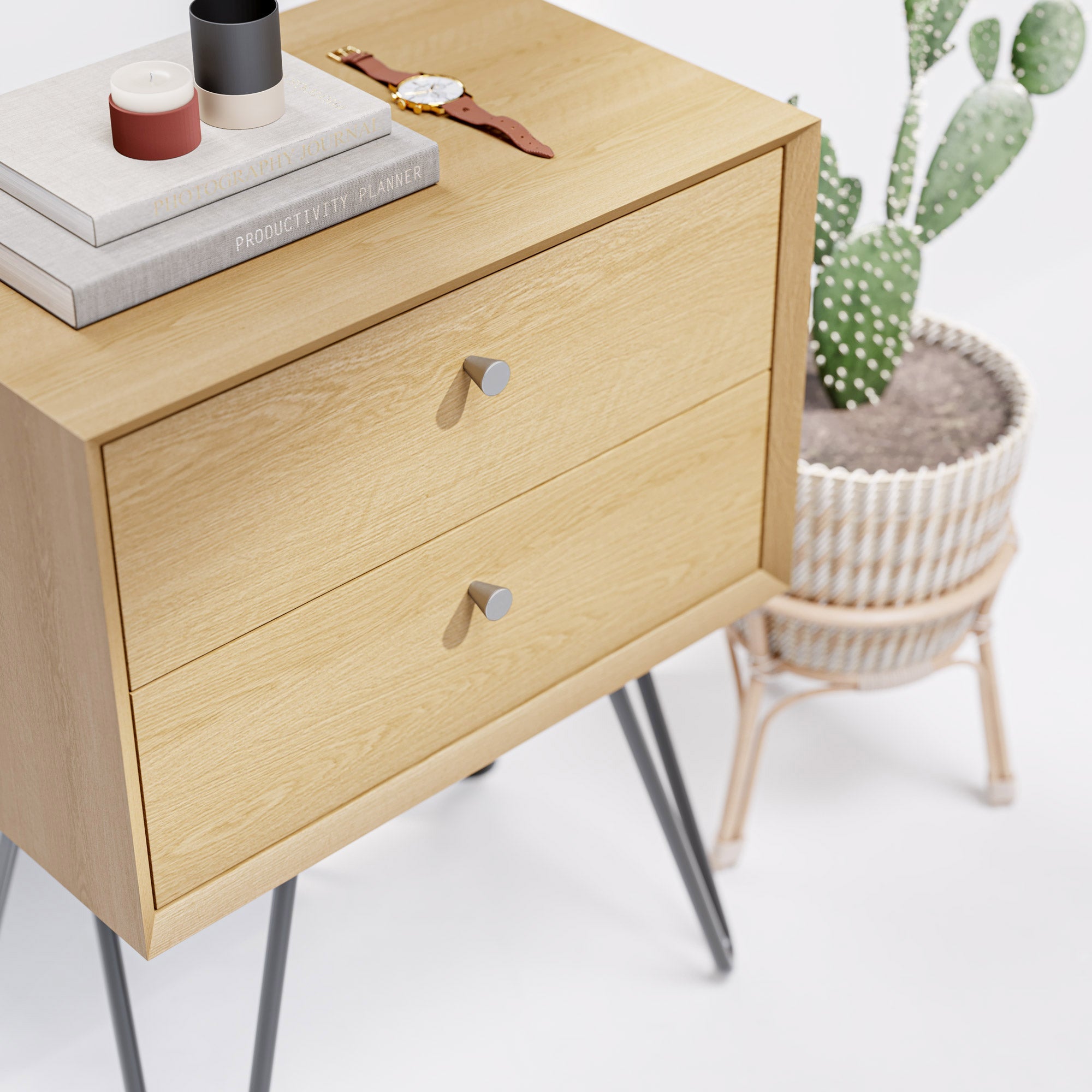
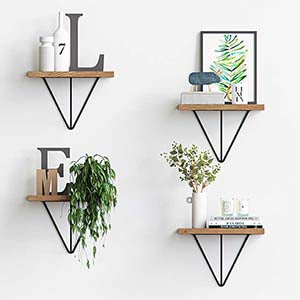
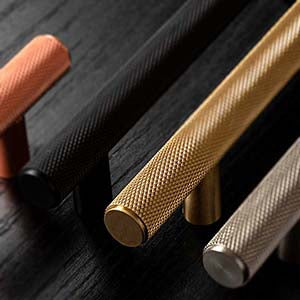
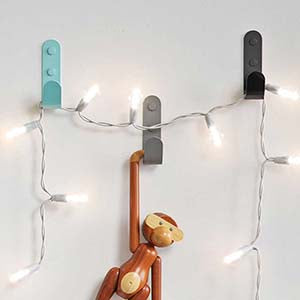
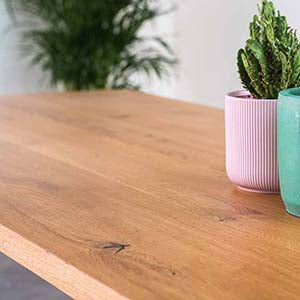
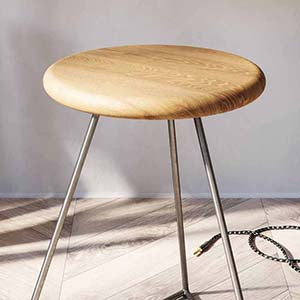
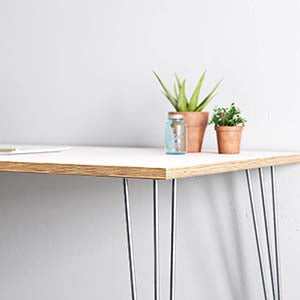
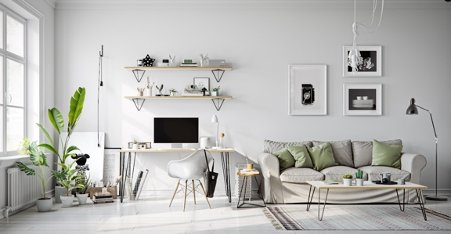
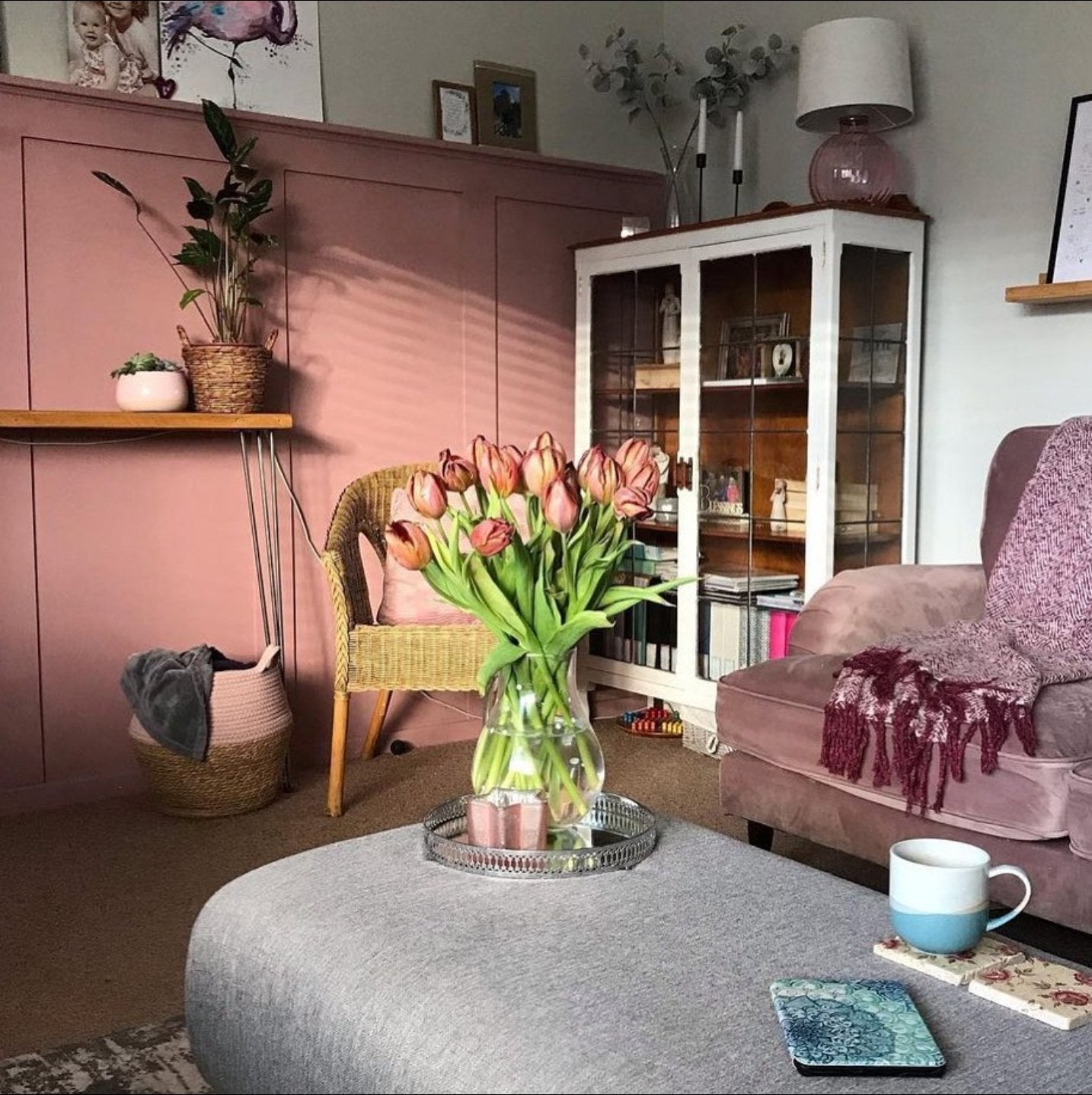
Leave a comment
This site is protected by hCaptcha and the hCaptcha Privacy Policy and Terms of Service apply.